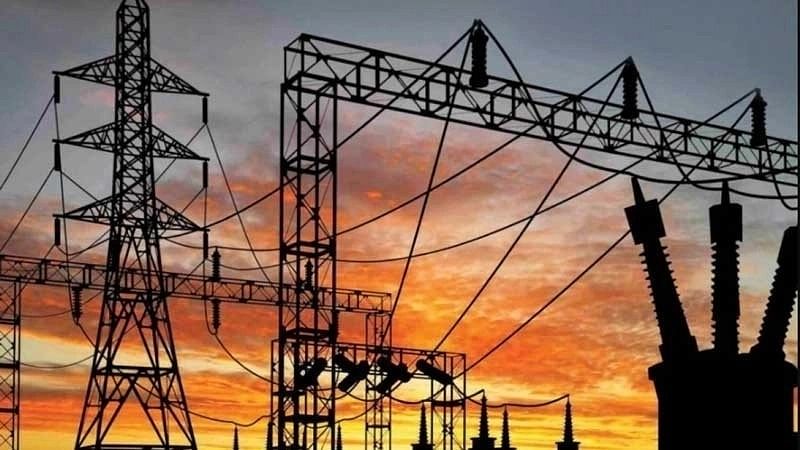
Representative image
Credit: DH File Photo
Mumbai: A new joint report by the Institute for Energy Economics and Financial Analysis (IEEFA) and Ember shows that Karnataka and Gujarat continue to showcase their leadership in the progress toward the clean energy transition.
This marks the second year of IEEFA and Ember collaboration on the Indian States’ Electricity Transition (SET) report, which evaluates the clean electricity transition preparedness at the subnational level.
The report in 2024, has added five more states, totaling 21 states and representing about 95 per cent of India’s annual power demand in the past seven financial years from 2018 to 2024 (up to November).
This year, the assessment parameters have been updated to better align with states’ electricity transition progress, incorporating stakeholder feedback and data availability.
Despite the changes, Karnataka and Gujarat showcased strong performance across dimensions, effectively integrating renewable energy sources into their power sectors, making strong strides in decarbonisation.
But the progress in states like Jharkhand, Bihar, West Bengal and Uttar Pradesh needs to improve, similar to last year’s findings.
While these states are in the early stages of their transition, they now need to focus on increasing renewable energy deployment, enhancing short term market participation and strengthening their distribution companies.
The report has been releases when the temperatures in India have started to soar, leading to the Ministry of Power preparing for a projected peak power demand of 260 gigawatts.
Harsh summers also do offer the chance to utilise more clean energy like solar power, although this requires the preparedness of states to transition to clean sources of electricity.
“Cyclical weather conditions coupled with faster economic activity is pushing India’s peak electricity demand higher every year. While the central government is taking steps to integrate more renewable energy into the grid, states, too, need to be prepared to do so. Gauging sub-national progress now requires constant monitoring of several parameters at the state level. A purely national overview can often overshadow subtle intricacies at the state level, which may stymie the country’s electricity transition,” says the report’s contributing author, Vibhuti Garg, Director – South Asia, IEEFA.
The report finds that while the national-level progress towards the electricity transition is progressing well, it is far more uneven at the state level.
“Some states have developed progressive steps, such as boosting decentralised renewable energy deployment, promoting solar pumps for agricultural needs, and enhancing storage solutions to ensure more renewable energy in their electricity systems. But the transition to clean electricity is still in its infancy in many states. These states should look to accelerate the efforts to access the benefits of a transition to clean electricity and to ensure that they are not left too far behind the better-performing states,” says the report’s contributing author, Aditya Lolla, Asia Programme Director, Ember.